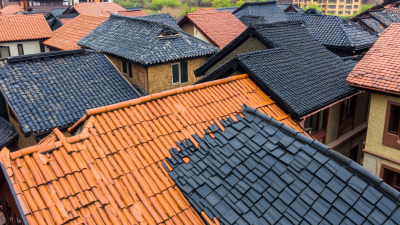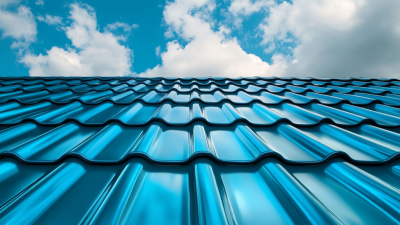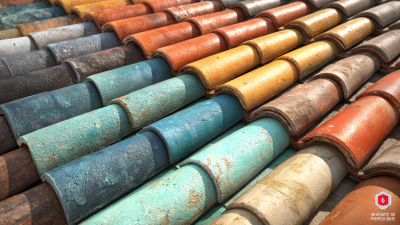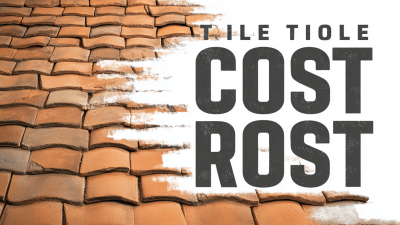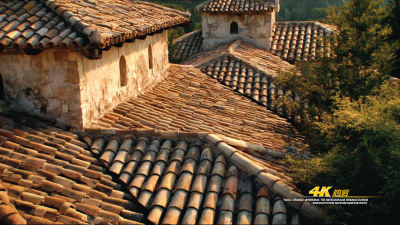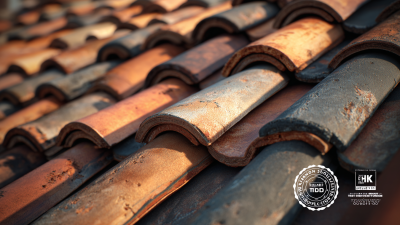
Leave Your Message
-
Phone
-
E-mail
-
Whatsapp

Choosing the right roofing tiles for your home is a critical decision that can significantly impact not only the aesthetic appeal but also the durability and energy efficiency of your property. With an array of options available in the market, ranging from traditional clay and slate tiles to modern metal and composite materials, homeowners often find themselves overwhelmed. One essential aspect to consider during this process is the roofing tiles manufacture. Understanding the manufacturing process, materials used, and the reputation of the manufacturers can provide insight into the quality and longevity of the tiles you select. This guide aims to equip you with the necessary knowledge and tips to make a well-informed choice tailored to your home's unique needs, ensuring that your roofing not only enhances curb appeal but also stands the test of time.
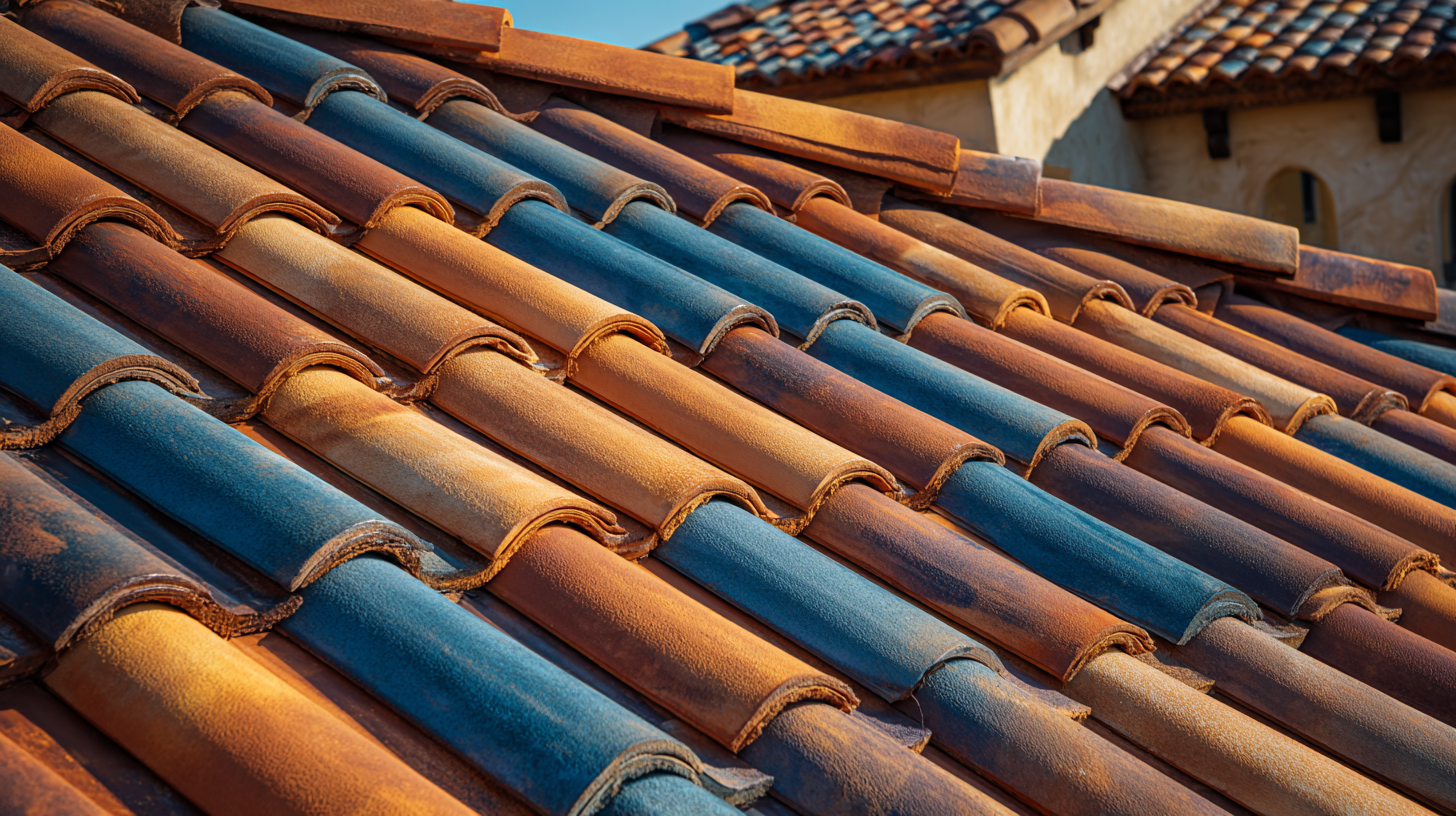
When considering roofing tiles for your home, it’s crucial to understand the different types available on the market. Roofing tiles can be broadly categorized into clay, concrete, slate, and asphalt. According to the National Roofing Contractors Association (NRCA), over 30% of residential roofing systems in the U.S. utilize asphalt shingles, renowned for their affordability and ease of installation. In contrast, clay tiles, although more costly, offer superior durability and can last over 100 years with proper maintenance.
Tips: When selecting roofing tiles, consider the climate in your area. Clay tiles perform well in hot, dry climates due to their thermal properties, while slate tiles are ideal for regions that experience heavy snowfall, thanks to their ability to shed water effectively.
Concrete tiles are also gaining popularity, accounting for nearly 15% of the roofing market, known for their versatility in design and energy efficiency. However, it’s essential to be mindful of the weight of the tiles, as some structures may require reinforcement to support heavier materials. Overall, choosing the right roofing tile not only enhances your home’s aesthetic appeal but also improves its energy efficiency and long-term value.
When selecting roofing tiles for your home, it's essential to consider the climate and environment of your location. Different regions experience varying weather conditions, which can significantly impact the performance and durability of roofing materials. For instance, areas with high rainfall or snow may benefit from tiles that are designed for superior water drainage and resistance to freeze-thaw cycles. Meanwhile, homes in hotter climates might require materials that reflect sunlight and reduce heat absorption.
Tips: Always investigate local weather patterns and historical climate data before making a decision. Consult with local roofing experts to understand which materials perform best in your area, as they will have firsthand experience with various tiles and their long-term resilience against local environmental conditions.
Additionally, consider environmental factors such as UV radiation, humidity levels, and potential for natural disasters. Some roofing tiles, like clay or concrete, are better suited for extreme heat and UV exposure, while metal tiles may offer exceptional durability in areas prone to storms.
Tips: Evaluate tiles that come with warranties specific to your region's weather challenges. Choosing the right roofing tiles is not just about aesthetics; durable and climate-appropriate options can save you money in repairs and replacements in the long run.
When selecting roofing tiles, it’s crucial to consider the aesthetic and architectural style of your home. The roofing system can dramatically influence curb appeal and overall value. According to a report from the National Association of Realtors, homes with visually appealing roofs can see a return on investment of up to 15% upon resale. This highlights the importance of choosing tiles that harmonize with your home's design—be it modern, classic, or rustic.
For instance, if you own a Mediterranean-style home, clay tiles might be the perfect choice, as they complement the warm and earthy tones typical of this architecture. Conversely, contemporary homes might benefit from sleek slate or metal tiles that enhance their minimalist design. A study by the Roofing Alliance indicates that 45% of homeowners prioritize style over cost when it comes to roofing materials. Thus, aligning your tile selection with your home’s architectural features not only enhances aesthetic value but also resonates with potential buyers, ultimately making it a wise investment.
When choosing roofing tiles for your home, assessing the durability and maintenance requirements is crucial. Different materials offer varying levels of resilience against weather conditions and wear over time. For instance, clay and concrete tiles are renowned for their longevity and ability to withstand harsh climates, often lasting 50 years or more with minimal maintenance. In contrast, asphalt shingles, while initially less expensive, may only last 15 to 30 years and require more frequent replacements, making them less cost-effective in the long run.
Maintenance is another important factor to consider. Some roofing tiles, like slate, require professional cleaning and occasional repairs, reflecting higher upkeep costs. On the other hand, materials such as metal tiles are low-maintenance and resistant to rust and corrosion, requiring only periodic inspections. Understanding these aspects helps homeowners make informed decisions about which roofing tiles will not only enhance the aesthetic appeal of their property but also suit their lifestyle and maintenance capabilities.
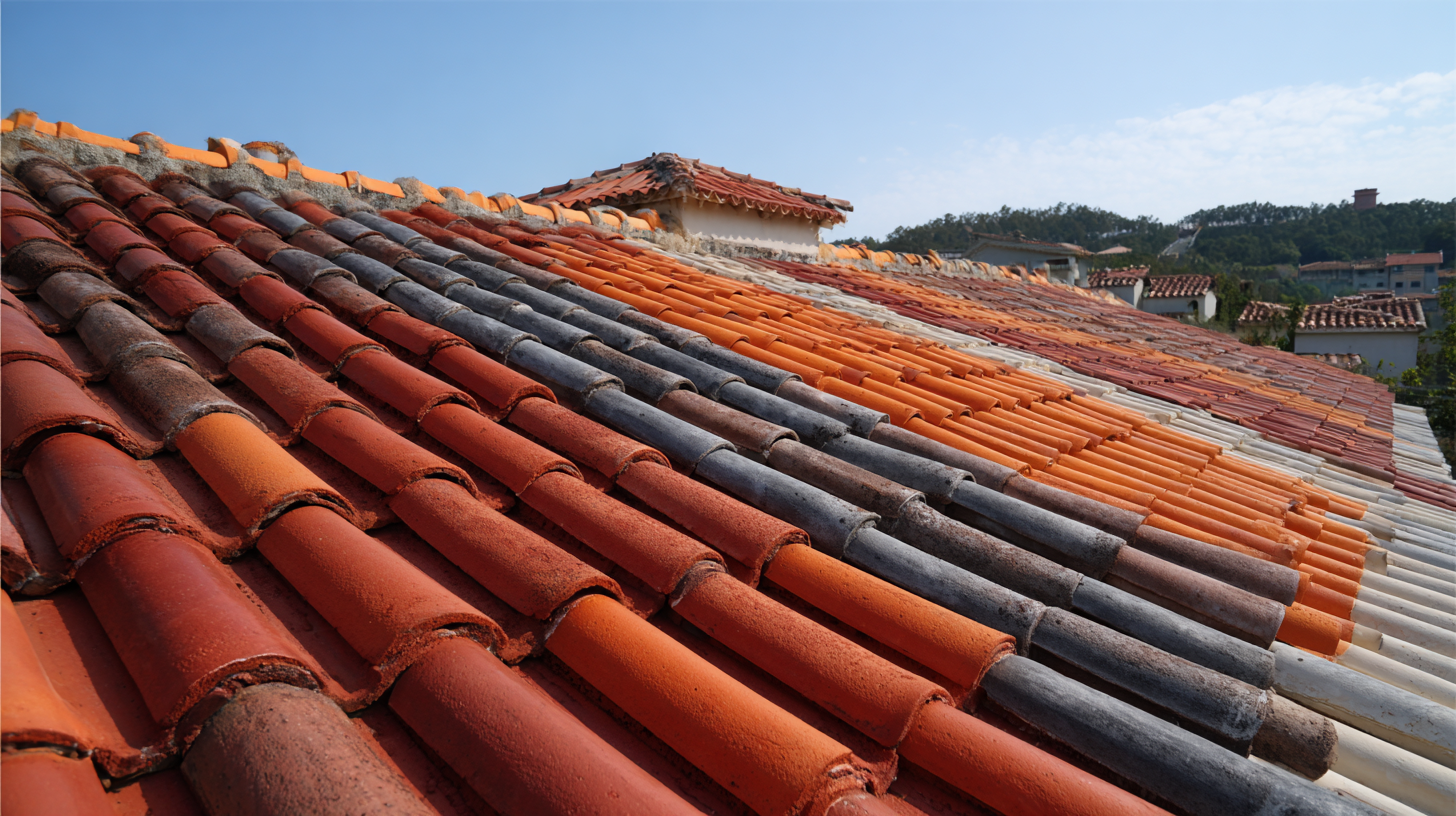
When budgeting for roofing tiles, it's essential to consider both the material costs and installation factors. Roofing tiles come in various materials, including clay, concrete, slate, and asphalt, each with different price points. Clay tiles tend to be on the higher end of the scale due to their durability and aesthetic appeal, while asphalt tiles offer a more budget-friendly option for homeowners. It's important to evaluate not just the initial cost of the tiles but also their lifespan and maintenance requirements, as these can significantly impact long-term expenses.
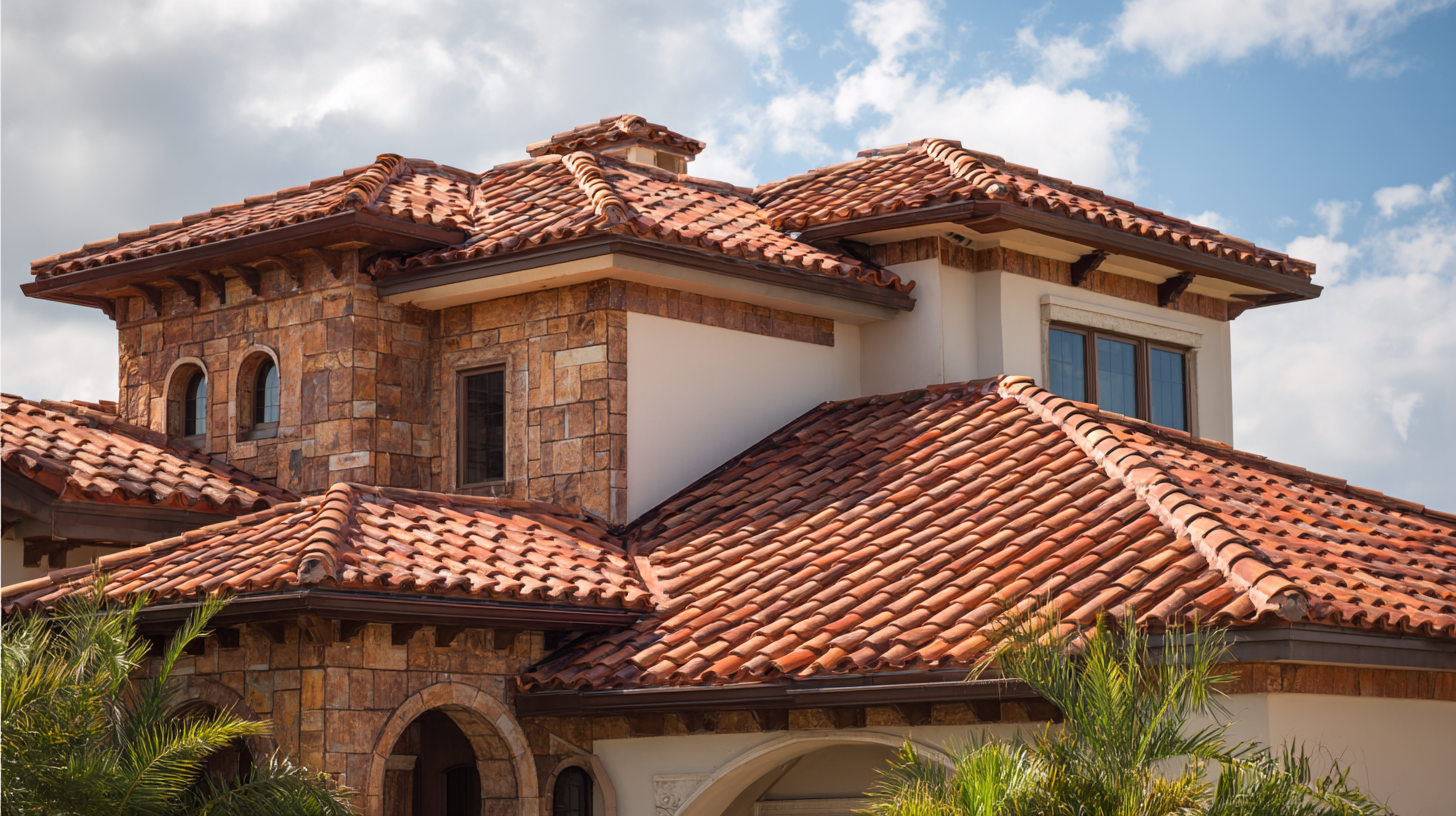
Installation costs can vary widely depending on the complexity of the roof design and the expertise of the contractors. Roofs with steep pitches or intricate designs typically require more labor and specialized skills, leading to higher installation fees. Additionally, potential unforeseen issues such as structural problems or inadequate underlayment can arise during installation, further increasing costs. Therefore, it's critical to obtain multiple quotes from experienced roofers and ensure they include a detailed breakdown of both material and labor expenses to achieve an accurate budget for your roofing project.
